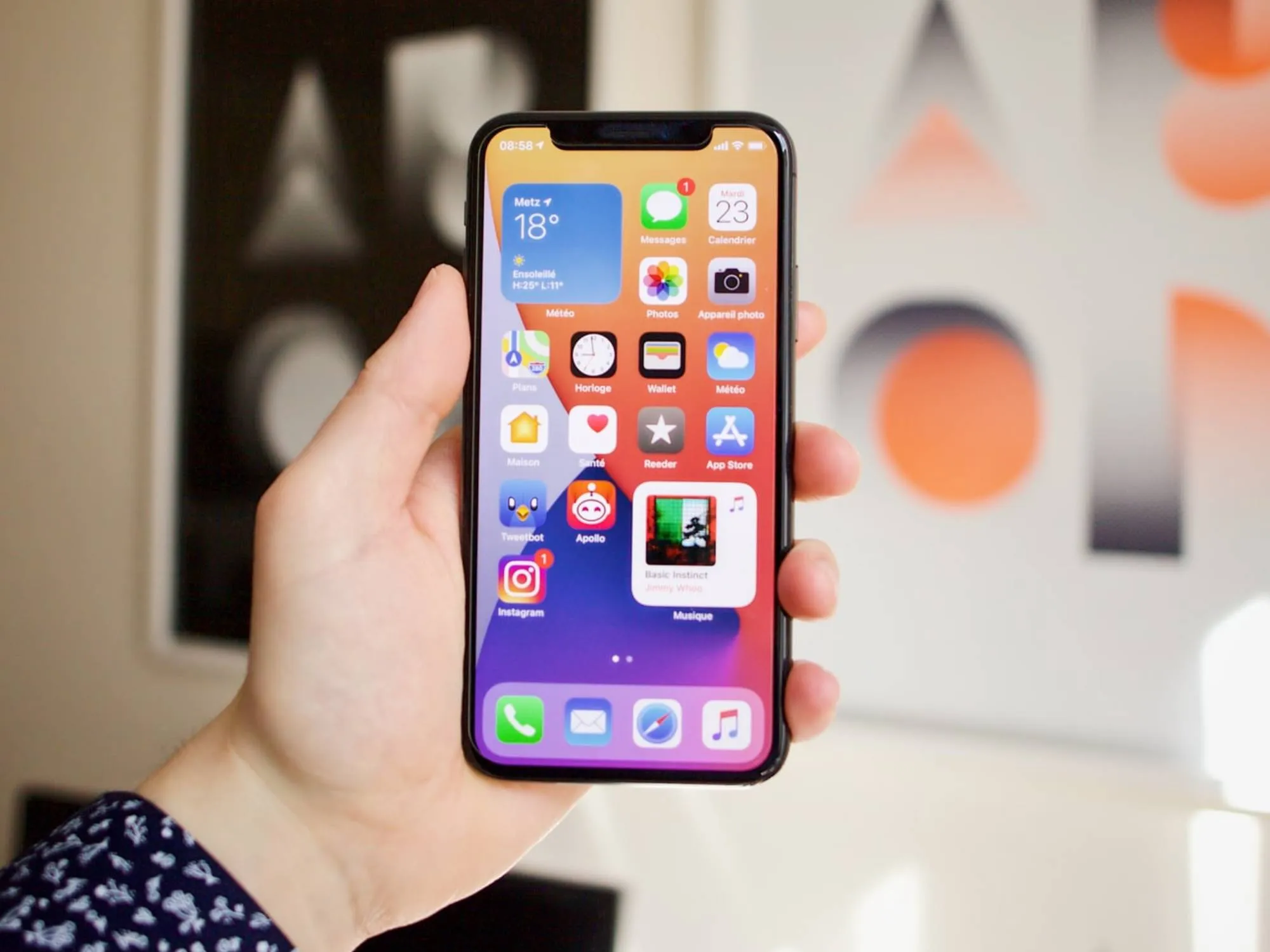In the world of branding, color is more than just a visual component in the branding, it’s a potent communication tool. Selecting the appropriate color can elicit feelings, deliver messages, and shape consumer behavior. Your brand color scheme can have a big impact on how people recognize your company. Let’s examine color psychology, a fascinating field, and how to pick the perfect color scheme for your company.
Why Color Psychology Matters in Branding
The psychological effect of color is powerful. They have the capacity to arouse feelings, trigger memories, and influence decisions. Think about the excitement of a red sports car or the peace of blue skies. These connections are deeply rooted in our subconscious and are essential to branding.
Brands used these emotional cues to engage their audience. By choosing the right colors, you can:
- Create Your Brand Identity: Colors aid in defining your brand’s identity.
- Influence Perception: Your brand is communicated differently by different hues..
- Drive Action: Some colors have the power to motivate particular behavior, like as buying something.
Comprehending Color Psychology
Here’s a breakdown of what some frequent colors typically signify in branding:
- Red: passion, energy, and urgency. Brands in the food, leisure, and retail industries employ it.
- Blue: Trust, dependability, and calmness. Popular among tech, financial, and healthcare companies.
- Yellow: optimism, joy, and warmth. A preference among companies that cater to a young consumer.
- Green: Represent growth, well-being, and sustainability. Commonly found in wellness and eco-friendly brands.
- Black symbolizes sophistication, luxury, and power. Preferred by luxury lifestyle and fashion labels.
- White: conveys simplicity, purity, and cleanliness. Widely used in contemporary and minimalistic designs.
- Orange: Color embodies energy and inventiveness by combining the intensity of red with the joy of yellow. Frequently employed to establish a call to action and differentiate a brand.
- Purple: Frequently selected by brands aiming to communicate elegance and superiority. Purple is associated with luxury and wisdom.
How The Concept Stadium Selects the ideal Color Scheme for Your Brand
- Identify Your Brand Personality: Is your brand eco-conscious, opulent, playful, or professional? Your color scheme will be determined by the core values of your brand.
- Recognize Your Target Audience: Different populations react differently to different colors. Examine the audience’s preferences and cultural associations.
- Examine Competitors Brands: Research the color schemes of rival companies in your industry. Although standing apart is admirable, adhering to industry norms can foster trust.
- Test and Validate: Experiment with various palettes and getting feedback from your audience. A/B testing is on tool that can reveal what works best.
Tips for Effective Branding with Color
- Restrict Your Your Palette: Stick to 2-4 primary colors to avoid overwhelming your audience.
- Maintain Consistency: For the unified appearance, use the same colors across all branding materials.
- Pay Attention to Contrast: Make sure the text and background colors are easily readable.
- Adjust to Context: Take into account how your colour will show up digital screens, print, and merchandise.
Conclusion
Selecting the ideal color scheme is both an art and a science. Knowing color psychology and aligning it with your brand’s identity and goals, you can create a visually striking and emotionally impactful brand. Keep in mind that your choice of colors speaks for you before you even say a word.







